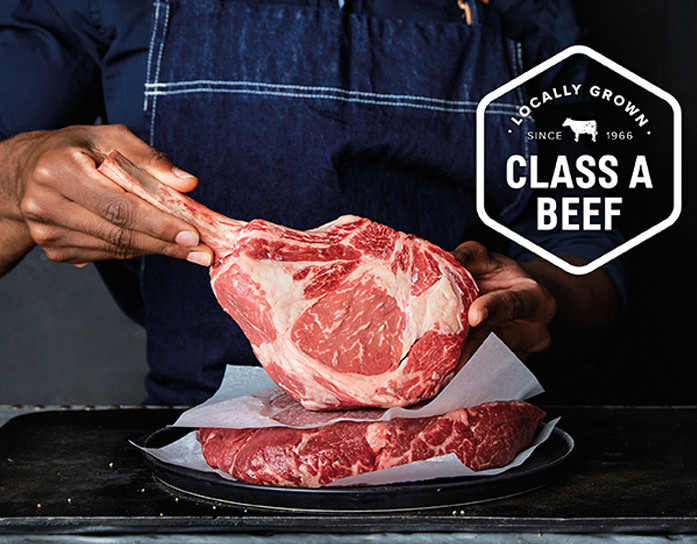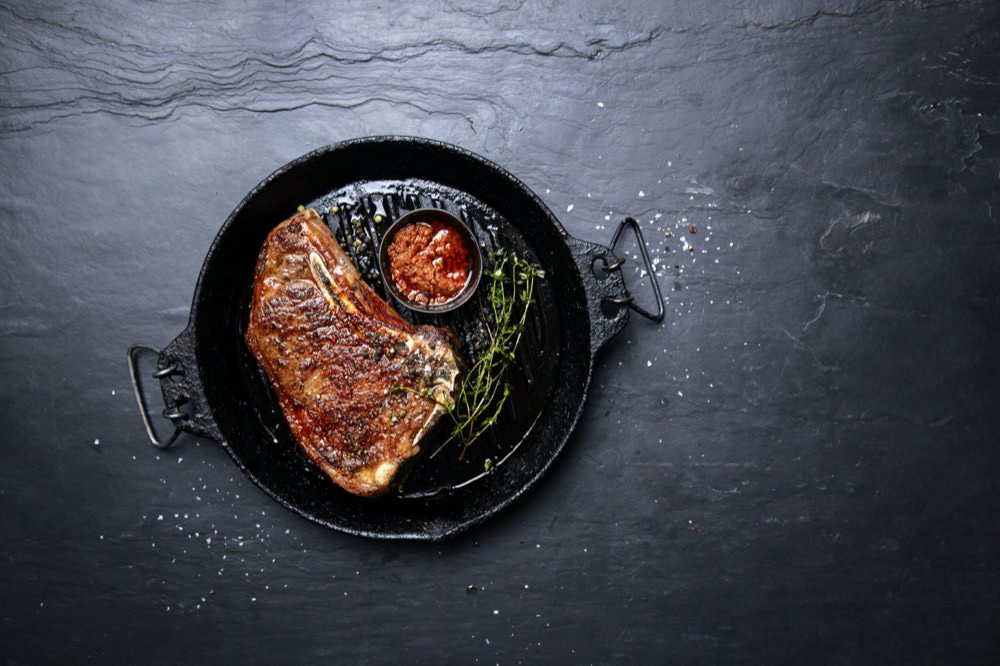When most of us go shopping for meat, we tend to make our decision primarily based on price and appearance, but what should we really consider when buying beef? “The label” you reply? Well, yes, but the South African meat classification system only allows for classification of meat based on age and fat covering, and these aren’t guaranteed to deliver the best tasting meat. Read on to see what you should look out for and buy your beef like a Spartan.
Firstly, it is important to understand the A, B and C class system. According to this classification system, it ultimately comes down to the age of the animal. The younger the animal, the more tender the meat is thought to be. Age is determined by the number of permanent incisors (the front teeth present in mammals) the animal has when it is slaughtered. Other factors that can affect the classification of beef include:
– the gender
– the amount of fat
– the state of the carcass (conformation)
Knowing the class of beef provides a good departure point when considering what beef to buy, however factors such as tenderness and overall quality of product is not guaranteed by a certain class of meat.
It is our opinion that the most important information you should have when you buy beef is where it comes from. How reputable is the retailer and where do they buy their beef?
The quality and taste of the meat you buy has more to do with how the animal was cared for, fed and slaughtered than with the age of the animal, which is what the classification system is based on.
In addition to the above, the following three things should be taken into consideration when buying beef: storage, appearance and smell.
Storage: Temperature control is extremely important to preserve the freshness and quality of the meat. This not only refers to the actual refrigerators that you’ll find in the store but also the integrity of the entire cold chain. At Sparta we follow a very strict slaughter and cooling regime. These checks and processes are essential to ensure the delivery of great-tasting meat, regardless of the class of the animal.
Appearance: The beef should not be slimy or mushy (excuse the ‘scientific’ terms). Furthermore, the amount of fat in between the fibres, or marbling, is another indication of the meat’s quality and taste. Fat equals taste as far as beef is concerned, marbled meat is juicier and most of the time more tender.
Smell: Admittedly, the smell of raw meat is an acquired aroma, but if the smell is in any way overpowering, do not buy it.
Once again, at the end of the day, if you know where your beef comes from most of the factors that need to be taken into consideration when buying beef can be guaranteed when you buy beef that has been produced by a reputable supplier. Sparta places a premium on the quality and taste of the meat you buy, and we believe that all of the above has more to do with how the animal was cared for, fed and slaughtered than anything else.
But don’t just take our word for it, see for yourself.



